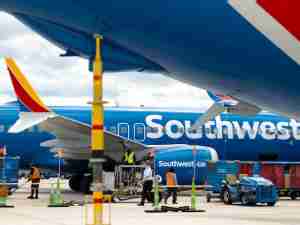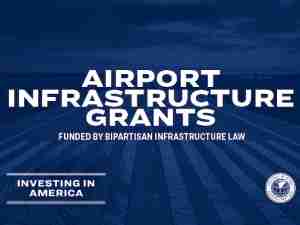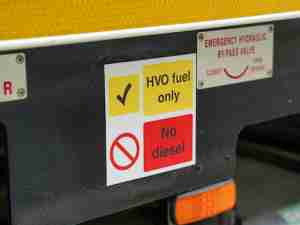The $27.1 million Engineered Material Arrestor System (EMAS) will be installed at the southwestern end of Runway 6/24 at Teterboro by mid-2013, a project that will create an estimated 110 jobs and $28 million in economic activity while improving safety.
The northeastern end of Runway 6/24, which is near Route 46, already has the EMAS system, as will one end of Teterboro's second Runway 1/19 by year's end.' Last October, a plane with nine aboard from Toronto was able to stop without injuries after it continued onto the aerated concrete section of the 6,000-foot-long Runway 6/24 runway after touching down.
'The Port Authority has made a longstanding commitment to the communities surrounding Teterboro Airport that we will continue to improve safety at the facility,'' said Port Authority Chairman David Samson.' 'Today's action is a further investment toward that commitment.''
'EMAS was developed cooperatively by Port Authority and Federal Aviation Administration representatives, and today's action' adds to the six arrestor bed systems already in use at the bi-state agency's airports,'' said Executive Director Chris Ward.
'Today, the Port Authority is creating jobs and economic activity at Teterboro, while always keeping our focus on the safety of our travelers and neighbors,' said Deputy Executive Director Bill Baroni. 'This unique technology, invented by the PA, will continue to keep our travelers and neighbors safe, while furthering Governor Christie's directive to create economic activity and jobs."
EMAS systems, also known informally as 'Airplane Flypaper,'' are ideal for adding protection at runways where space is constrained and safety areas are not able to extend the typical 1,000 feet beyond the end of a runway.' The new EMAS system on Runway 6/24 will extend approximately 300 feet past the runway's end and be 250 feet wide.
A joint venture of Engineered Arresting Systems Corp. and Jacobs Engineering will complete the work, which includes design and construction along with obtaining wetlands permits.' The joint venture contract is a negotiated deal because the technology is proprietary, The FAA requires the use of Engineered Arresting Systems Corp., because they are the agency's only approved contractor for this work.
Work will be performed during off-peak hours to minimize impacts to the surrounding community and the airport.









